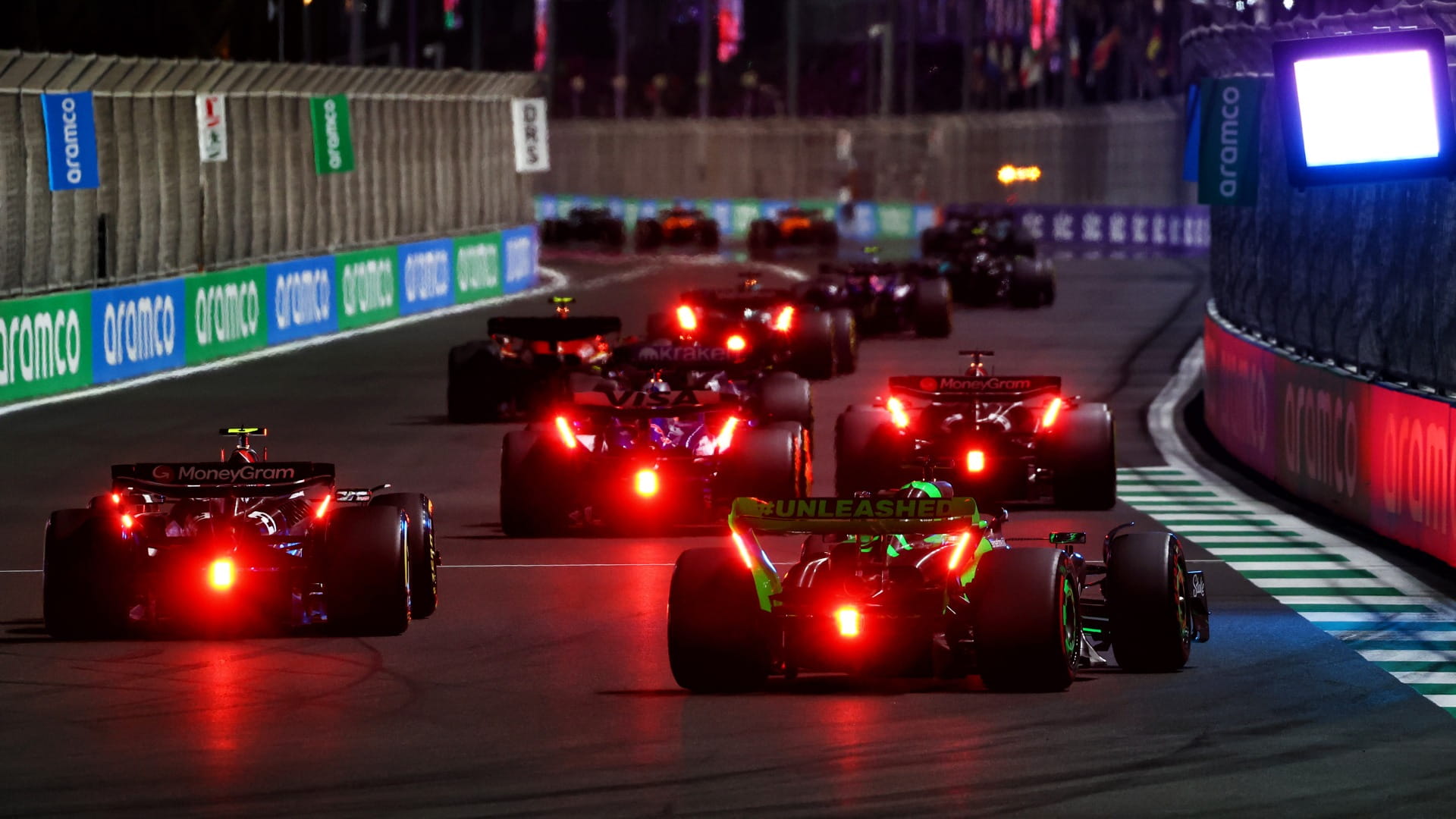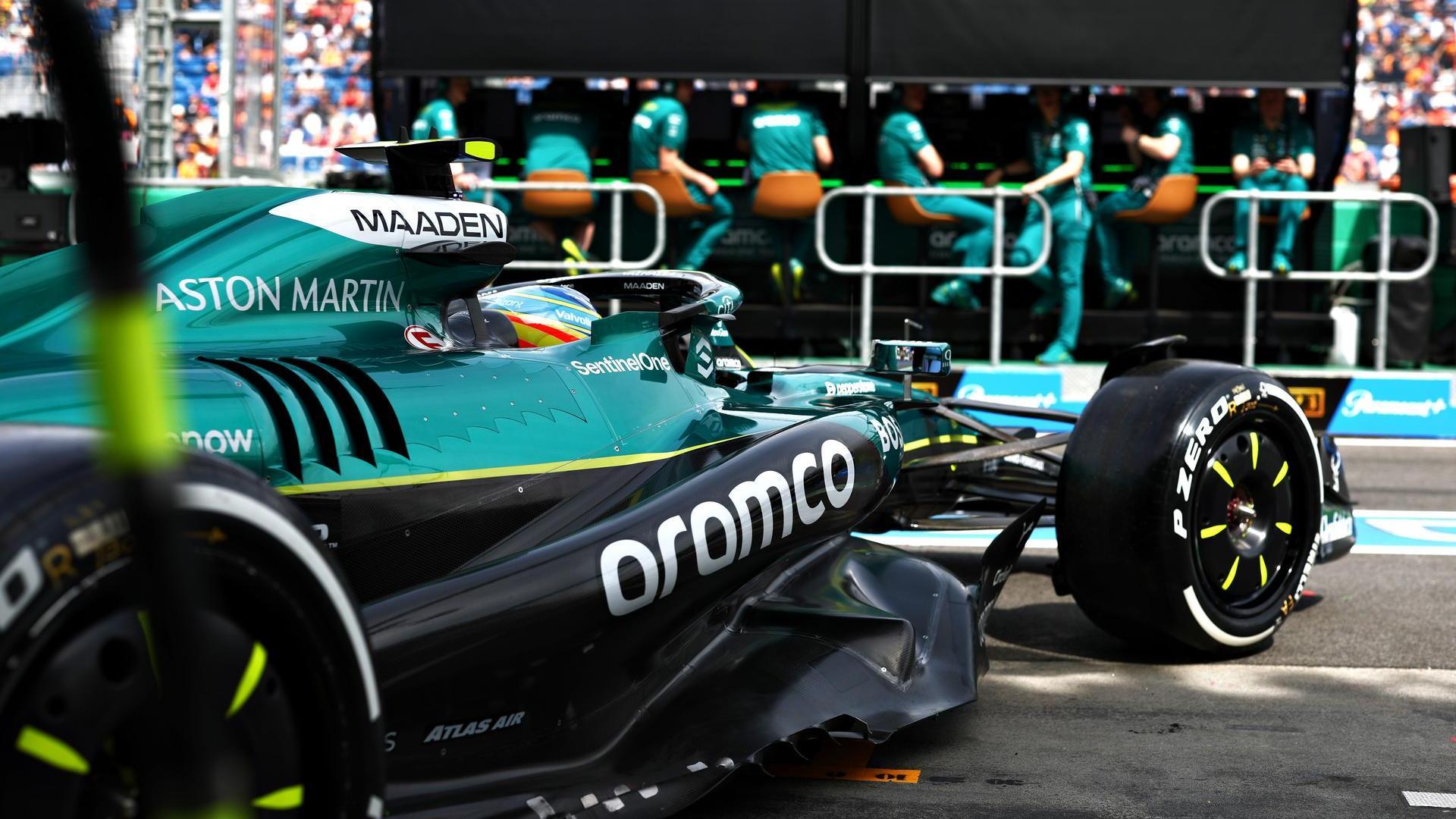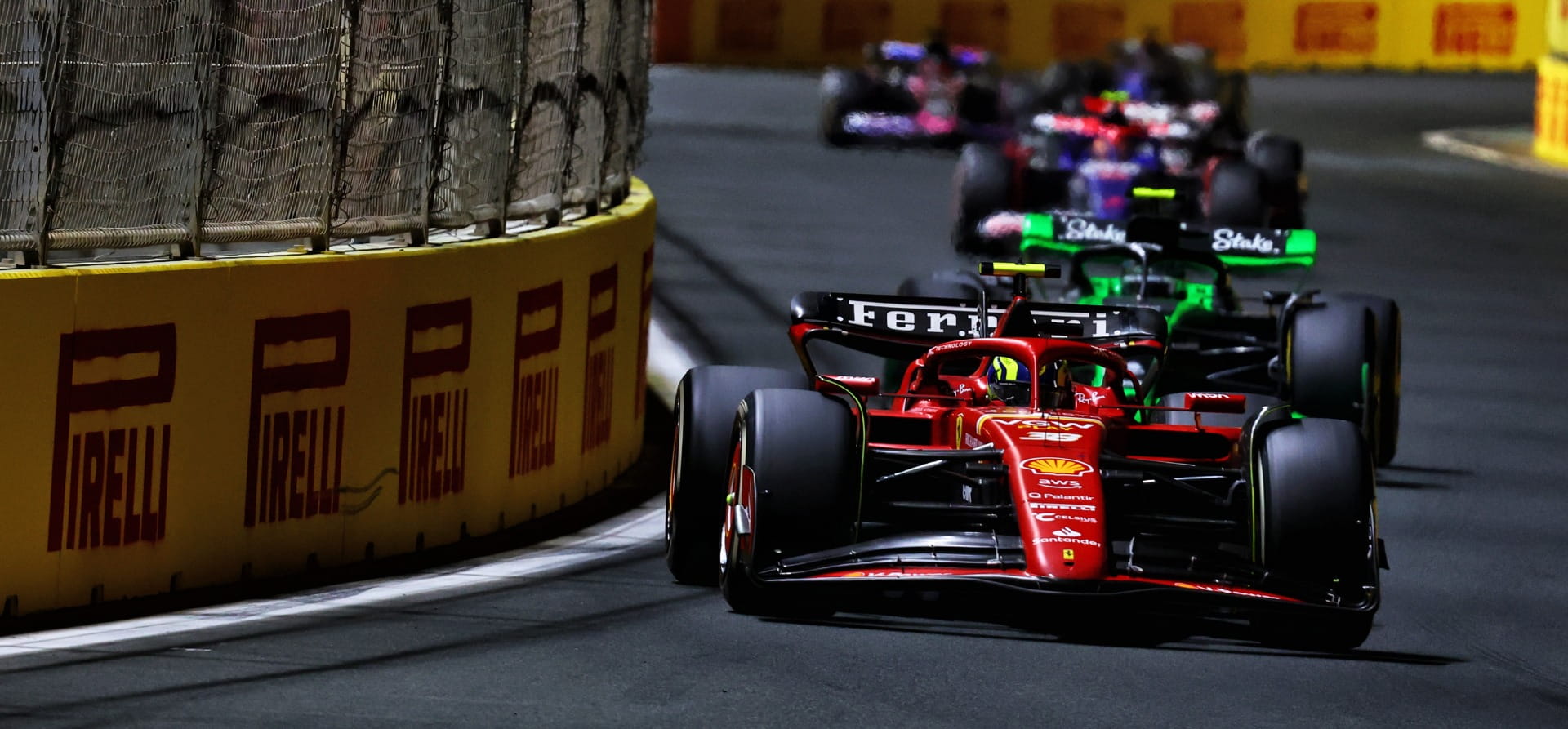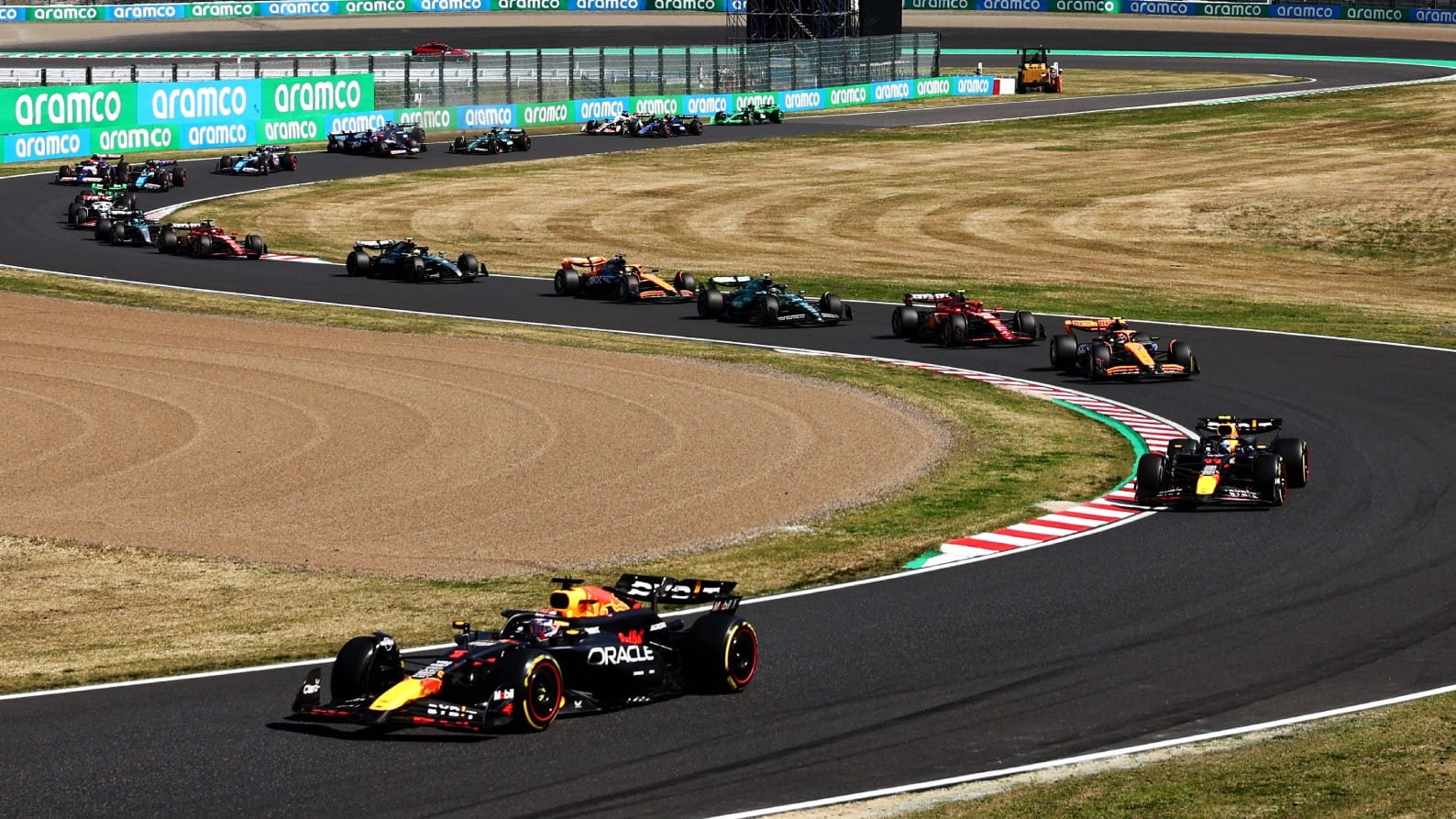Event
The Formula 1 engineer’s guide to the 2025 Saudi Arabian Grand Prix at Jeddah
by Raceteq
2min read

A rapid street circuit under the glittering lights of Jeddah: the 2025 Saudi Arabian Grand Prix is next up on the Formula 1 calendar.

Sign up for a weekly newsletter and we'll make sure you're fully up-to-date in the world of race technology
Aston Martin Aramco Formula 1 Team deputy performance engineer Tim Wright has given Raceteq the ultimate technical guide to every F1. He turns his attention to the fast, winding corners of the Jeddah Corniche Circuit.
Jeddah Corniche Circuit, Jeddah, Saudi Arabia
Length: 6.174 kilometres
Number of laps: 50
Number of turns: 27
Tim Wright: “In a sense, Jeddah is a relatively straightforward circuit as it demands high efficiency - a car without too much drag. If you look at the circuit map, it’s got a lot of corners, and a lot of them are high-speed turns that flow into each other.
“A lot of the corners aren’t particularly grip-limited. If you can’t go full throttle at a track, we’d say that would be grip-limited as you’d be off throttle and controlling the car with brakes and steering.

Many of the corners at the Jeddah Corniche Circuit can be taken by F1 cars at full throttle. It is one of the most drag sensitive circuits on the calendar
“If you’re flat out driving down the motorway, that would be power-limited. Really, it’s the engine and the drag level that dictates how fast you can go.
“If you watch a qualifying lap, it’s really amazing. The onboard camera views of Jeddah are incredible. It’s really demanding for the drivers.
“But a lot of the corners at Jeddah are almost flat out - they’re approaching being power limited. So, it actually means we run lower levels of wing and we might be on the same level of wing as Baku or Spa-Francorchamps, despite the Belgian circuit having lots of spectacular corners.
“So that's the thing about Jeddah: It's spectacular. It's got amazing high-speed corners, but you can't just put a big rear wing on the car because there's so much drag sensitivity.”



.jpg?cx=0.5&cy=0.5)